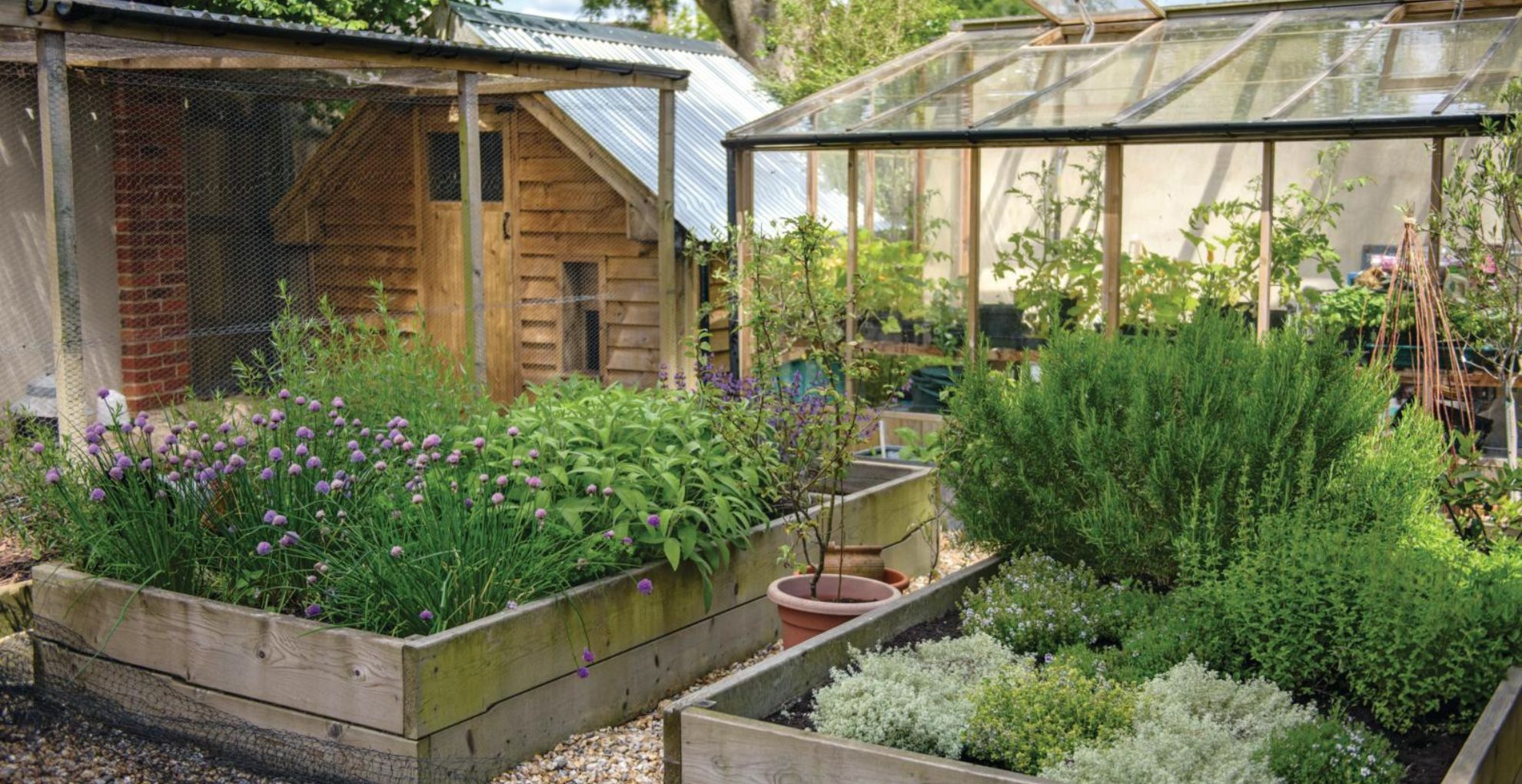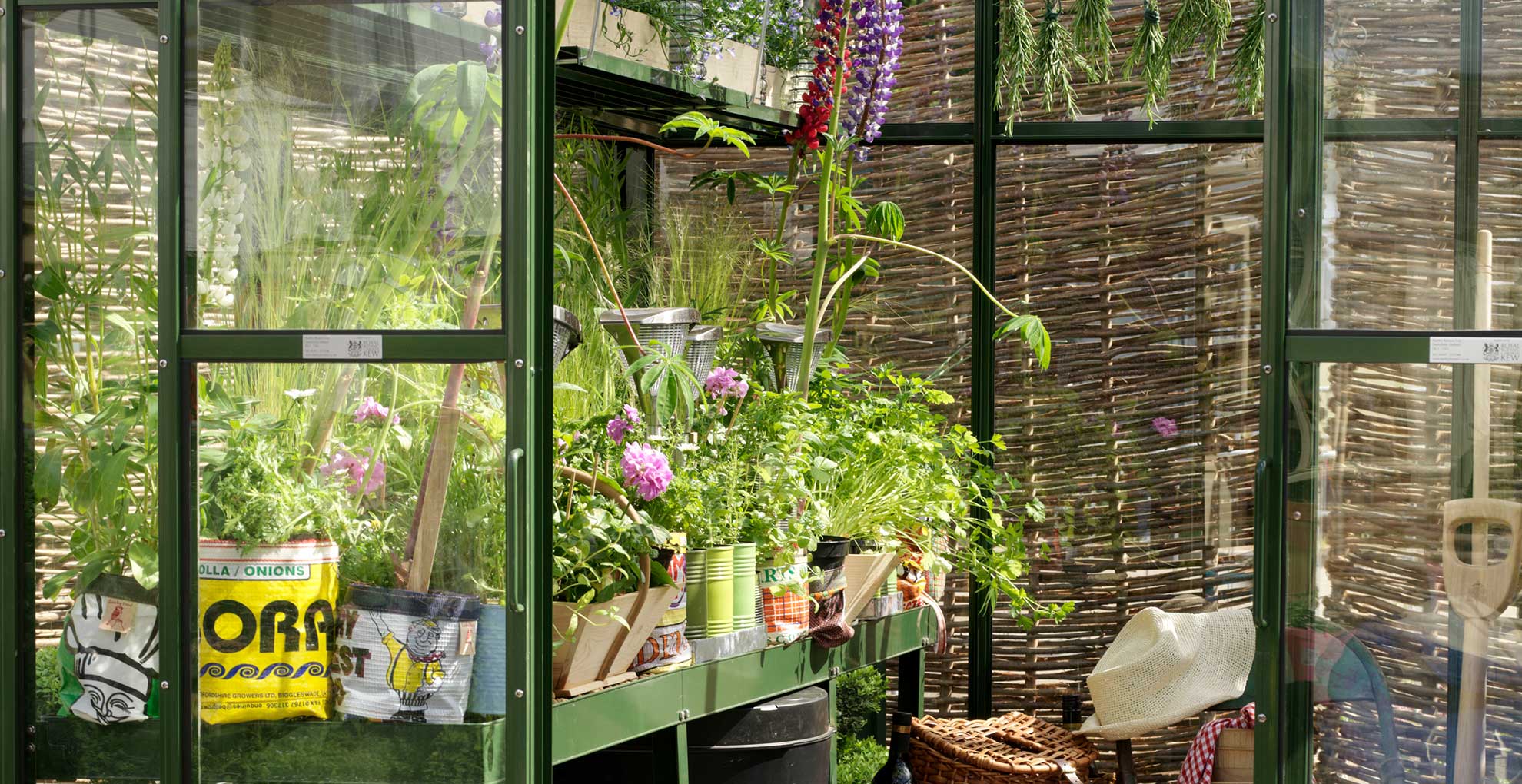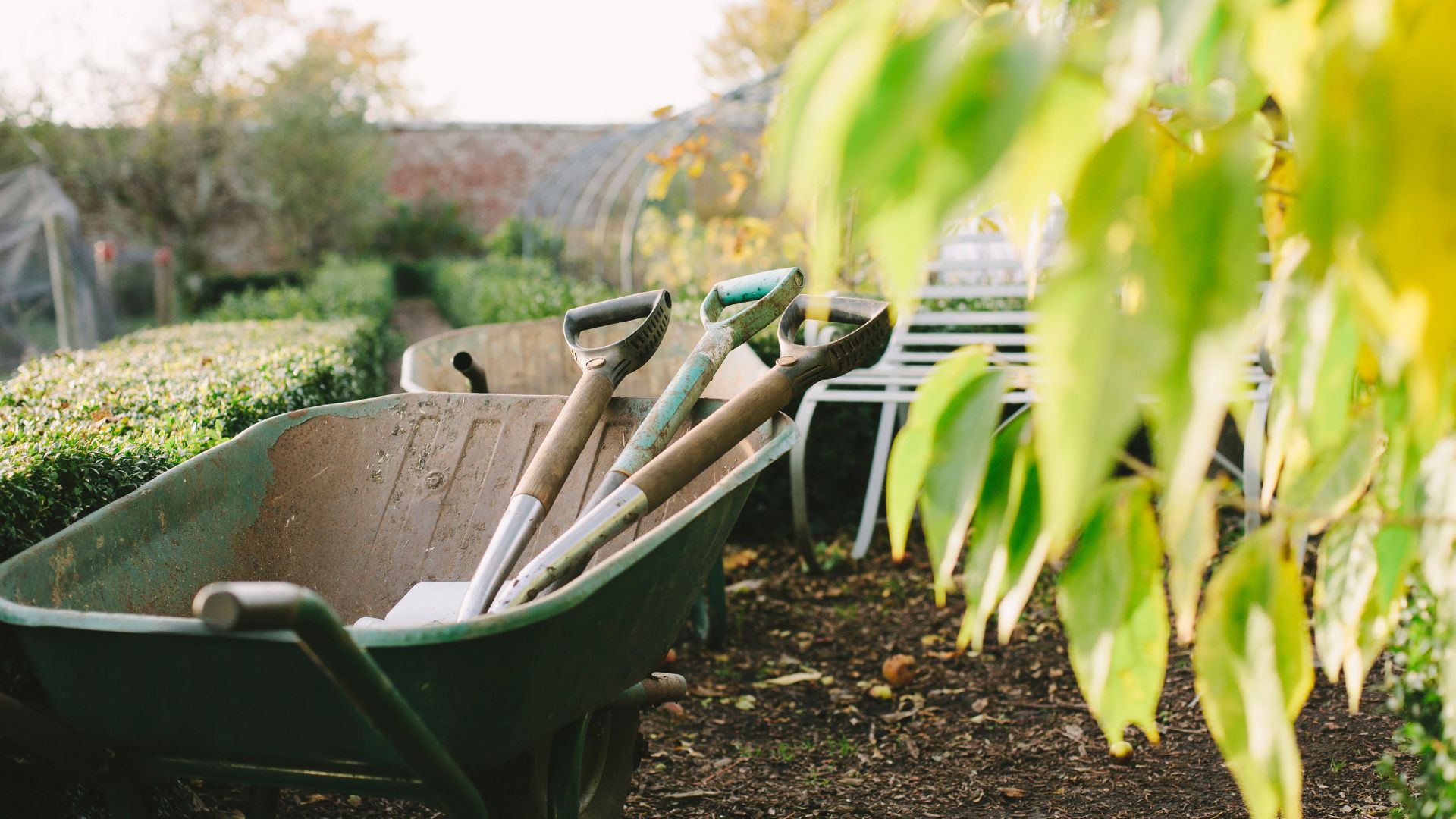
There's never been a better time to grow your own fruit and vegetables, but preparation is key if you want to avoid gluts and shortages galore. Thankfully, succession planting is the easy and expert-approved way to a steady stream of 5-a-day magic all season long.
The 'grow your own' movement is one of those garden trends that everyone can get behind. After all, there isn't anything quite so fun as vegetable gardening for beginners – nor anything so delicious.
That being said, it can be more than a little overwhelming when you find yourself inundated with an enormous crop of tomatoes, carrots, or potatoes all at once. Harvesting a lot of veg at once is hard work, after all, and thinking up ways to use it all up? Don't get us started.
Thankfully, there's a sustainable garden idea that can help us slow down that stream of veggies so they grow more steadily and keep your kitchen well-stocked throughout the season.
Here's everything you need to know about succession planting...
What is succession planting?
"Succession planting (or successional sowing, if you prefer) is the process of staggering what you plant to have continuous blooms or harvests throughout the summer," explains Craig Wilson, co-founder, director and in-house gardening expert at Gardeners Dream.
"Planting this way will mean there is never a dull moment in your garden," he continues. "Whether it be a consistent harvest of fruit and vegetables or continuous blooms in varying colours, this method provides peace of mind that your garden will continue to flourish all summer long."

How to get started
Every bit as easy as using eggshells in your garden or reusing orange peels in your garden, succession planting is the ultimate Grow Your Own hack for beginners – although, fair warning, it does involve a bit of care and planning.
"Yes, successional sowing involves a bit of preparation, but I think the benefits more than make up for it," says award-winning garden designer Zoe Claymore, who recently launched her own range of pre-made raised beds based on the ones she created for her gold medal-winning garden at the RHS Hampton Court Palace Garden Festival.
"The best way to tackle the trend is to sow your crops in stages," she continues. "For example, I sow my carrot seeds over the course of three months, planting a 1/3 of my total amount each time, with monthly intervals between them. This spreads the crop out."
Basically, you want to sow your seeds regularly in small batches, to produce a steady and continuous supply of freshly-grown vegetables.

Zoe goes on to say that, if you want to try a version of succession planting that's a little more advanced, the best thing to do is to choose different varieties of the same vegetable or fruit, so that they mature at different times.
"I’m doing this with leeks this year," she says, explaining that an early and late maturing variety of leek will extend her harvest by 2-3 months with minimal effort.
"Once you have the hang of things, you can then create a monthly plan of your vegetable spaces, working out what will mature when and sowing seeds in modules 4-6 weeks before to ensure as soon as you harvest something else can go in."
FAQs
What is successional growing?
Succession planting (or successional sowing) means, quite simply, to sow seed little and often in batches, to ensure you get a steady and continuous supply of fresh fruit and vegetables throughout the growing season.
What are the benefits of succession planting?
There are so many reasons to try succession planting, whether that be to "increase your yield, reduce gluts, reduce weeding, and boost interest, all in the same growing space," says Zoe.
"If you want to increase your yield even more, try using raised beds," adds Zoe. "These will allow you to plant even closer together interplanting longer growing crops by quick growing ones for abundant and easy-to-grow harvests."
RRP: from £250 | Created to be both beautiful and practical, these beds are inspired by the old-fashioned lead planters found in quintessentially British country gardens.
RRP: £139.99 | This natural timber raised bed is ideal for practising succession planting by growing a variety of plant life, including flowers, herbs and vegetables.
RRP: £49.99 | Ideal for small gardens to make more of a visual impact at the borders this raised bed planter features a stacked element to ensure your succession planting efforts are seen from all angles.
And just like that, succession planting has leapt to the top of our must-try garden hacks for this year - added to the list of using banana peels in the garden to make liquid fertiliser and using avocados in the garden to enrich the compost pile for free.
Fingers crossed we'll all be kept busy dreaming up recipes for freshly grown fruit and veggies throughout the year, eh?







